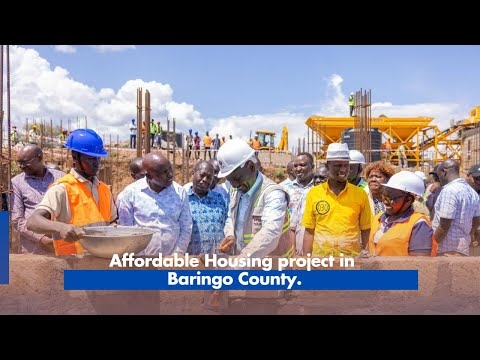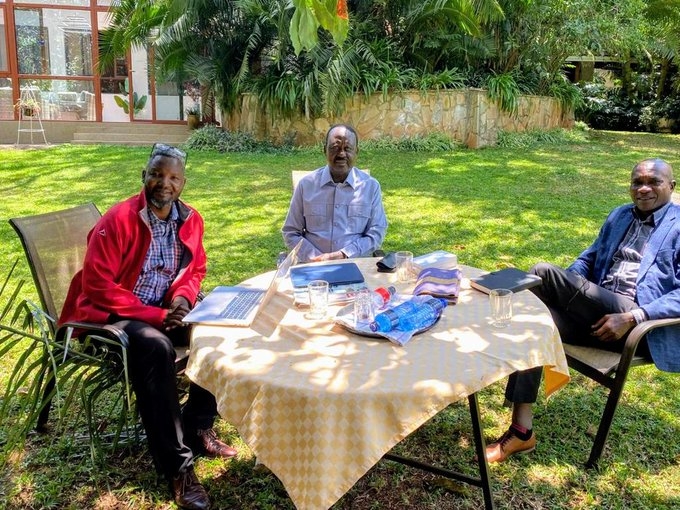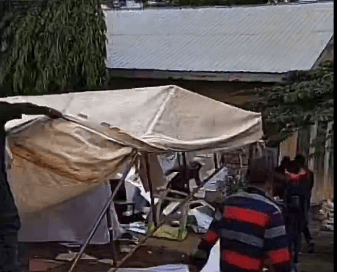A boy was stung by a Nettle. He ran home and told his mother, saying, "Although it hurts me very much, I only touched it gently."
"That was just why it stung you," said his mother. "The next time you touch a Nettle, grasp it boldly, and it will be soft as silk to your hand, and not in the least hurt you."
When President Uhuru Kenyatta got into office in 2013, there was a lot of hope and enthusiasm for what he had promised to deliver. It was through his delivery that he managed to easily get a second term.
As the President prepares to leave office this year, it is only fair to remind ourselves of what has been achieved during his tenure. Every president in the country’s history, despite their shortcomings, is remembered for one thing or the other.
Jomo Kenyatta is remembered for his role in driving Kenya into a republic, Mzee Moi is remembered for his focus on education and Kibaki is remembered for infrastructure development.
In 2013, Uhuru was elected on a three-pillar pledge – unity, economy, and openness. In 2017, the platform was the Big Four agenda – food security, housing, manufacturing and universal health coverage.
In his nine years in office, the President has stayed focused on these key areas and all their enablers to ensure that Kenyans benefit from shared prosperity. And as a result, other than the Covid years of 2020 and 2021, the economy has maintained a consistent growth of between four and six per cent each year.
I know we are always critical of the government. And at times this criticism is borne out of not looking at the whole story. It is the lack of information that sometimes makes us feel that the government has not achieved anything.
But let us just look at the recent years. A lot has been achieved by Uhuru’s administration and will cement the President’s legacy. The achievements lay a firm foundation for the country’s future.
Take rice farming, for instance. The ongoing construction of Thiba Dam in Kirinyaga will see an additional 10,000 acres put under irrigation. The result will see an increase in rice production and put more money in farmers' pockets.
This is just one of the many irrigation projects that the President is focused on and which will increase food security.
Just last week, the President witnessed the trans-shipment of container cargo from the standard gauge railway to the meter gauge railway at the Naivasha Inland Container Depot, which is now operational.
He also took a train ride from Naivasha to Longonot. The train had been neglected for many years and has only been revived during his administration.
The President also visited the Kisumu shipyard where he inspected the ongoing construction of the MV Uhuru II wagon ferry, dry dock and slipway.
In Mbita, he inspected the new bridge that replaced the 1983 causeway as part of the government initiative to remove the massive siltation that has been a hindrance to human activities on the lake, including fishing and maritime transport.
Uhuru has overseen comprehensive reforms in the lands sector through transformative interventions such as the national titling programme that has seen the government issue more than 5 million title deeds in eight years.
Earlier this year, Uhuru was in Mombasa to inspect the ongoing construction of the new offshore Kipevu Oil Terminal, which is to be completed in March. The 770-metre long jetty will be the largest of its kind in Africa with the capacity to offload and load all types of petroleum products, including crude oil, white fuels and LPG on very large sea tankers.
These examples are just the tip of the iceberg. We can talk about roads, water, electricity and banking, among other sectors, that have seen immense growth over the last nine years.
The basic conclusion is that Uhuru’s delivery is not in doubt even as some of his critics try to tell Kenyans otherwise. Let us take time and individually look at what has been done so that we can debate from a point of information.












